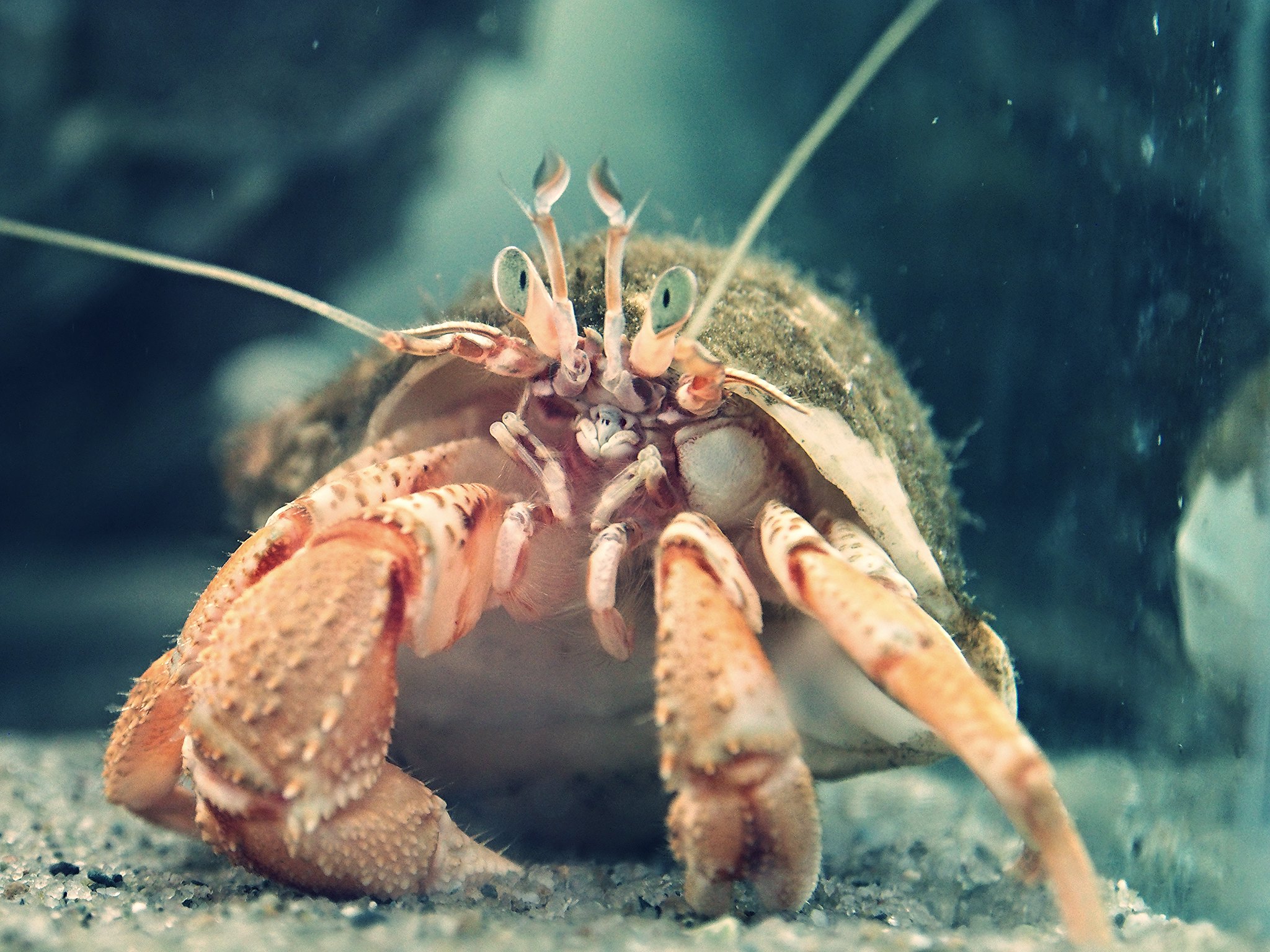Jedes Jahr im Sommer treffen sich in Port Phillip Bay, Melbourne, Australia tausende von Spinnenkrabben um sich dort gemeinsam zu häuten. Das sieht in der Menge ziemlich creepy aus.
Every year as the waters cool on the southern shores, hundreds of thousands of Giant Spider crabs find their way up on the sandy shallows Rye and Blairgworie in Port Phillip Bay, Melbourne Australia. This happens between May – July ever year and the result is a moving sea of orange crabs that blanket the shallows.
As the name suggests these crabs are massive. Their legs are over 70cm long with a body measuring nearly 17cm wide. They move in organised chaos on 8 long legs. Their weapons, swollen claws. Their mission, seek shelter in the safety of the sandy shallows, moult and in some cases mate.
Like most crustaceans, a hard suit of armour protects these crabs. What it doesn’t allow the crabs to do though is grow. So the crabs need to get rid of the old armour and grow a new bigger one.
To do this, they secrete a special enzyme that separates the old shell from the underlying skin, while a new soft paper-like shell is secreted beneath the old one. The crabs then start absorbing seawater and swell, causing the old shell to come apart. The soldier’s shell then simply opens up like a lid and the crab extracts itself.
Once one crab starts to moult it sets off a chain reaction and the rest of the orange-clad army moult almost simultaneously. Moulting not allows the crabs to grow, it helps to rid them of parasites and other animals growing on their shells including bacteria that can weaken and erode their protective uniform.
https://youtu.be/iQSHfutIzh8
(Direktlink, via Likecool)



 Hier irgendeinen BER-Joke einfügen.
Hier irgendeinen BER-Joke einfügen. 